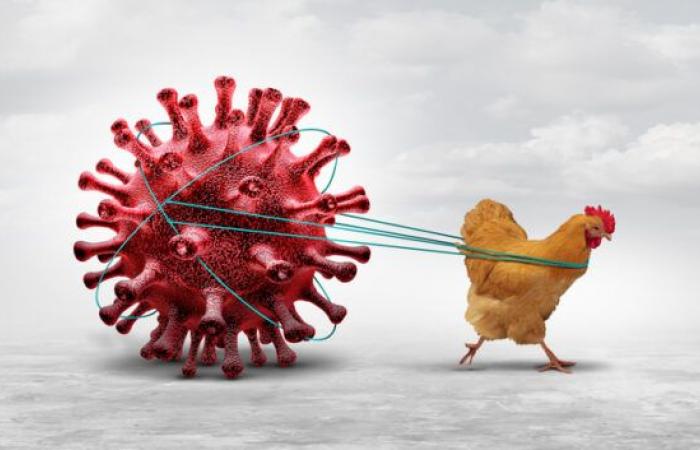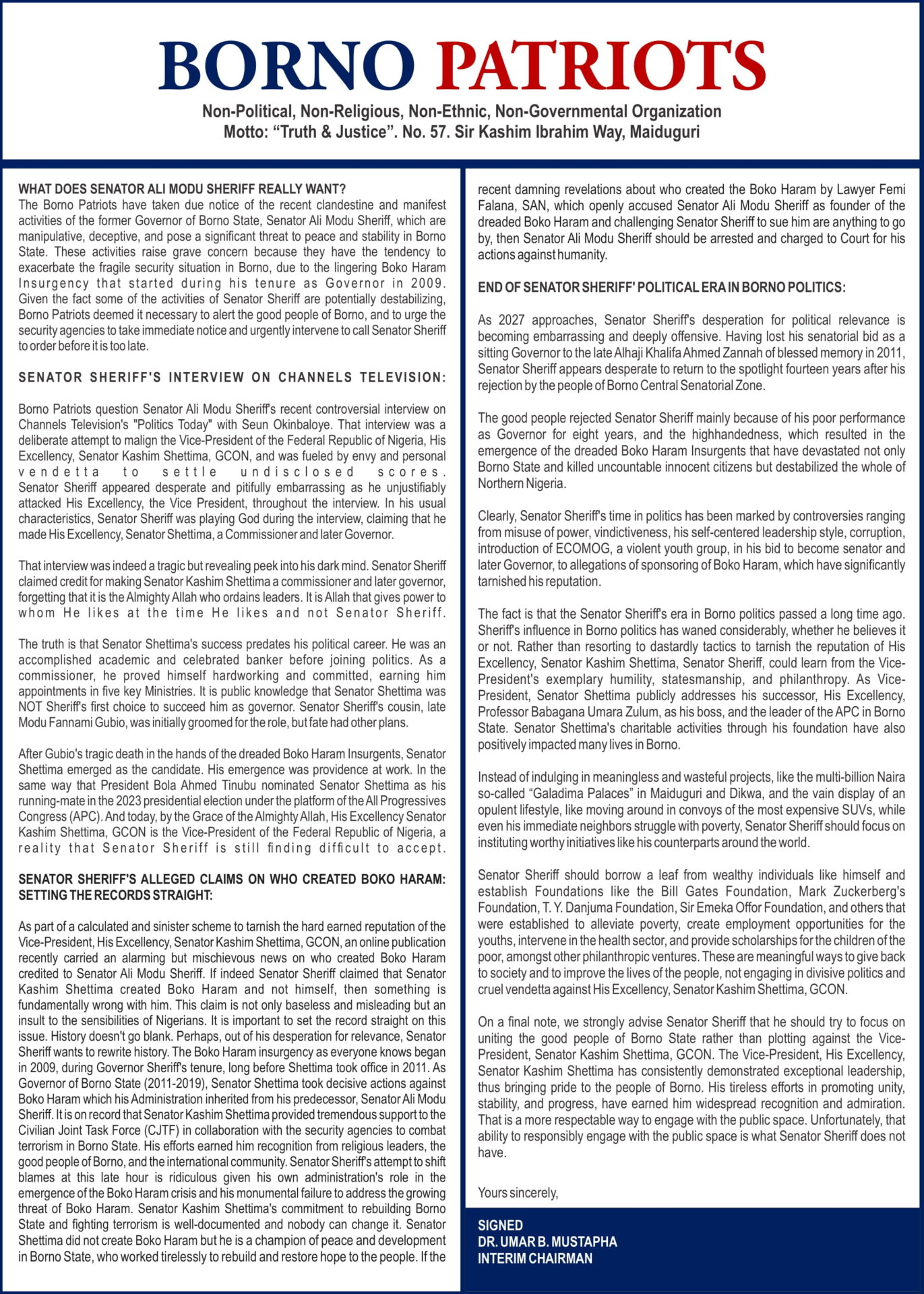A KEY defence that blocks nearly all bird flu when it attempts to invade our body has been discovered by scientists.
Bird flus have been involved in four pandemics since 1918 – killing millions of people.
The research, led by the University of Glasgow, showed those pandemics and normal winter flus had evolved ways of getting round this “powerful barrier”.
The team think we will soon be able to predict which of the flus currently in birds pose the biggest risk.
The scientists were investigating spillover events. These are the moments a person catches an infection from an animal. This jump across species is a critical step in the start of a new pandemic.
In laboratory experiments, researchers uncovered a section of our genetic code – our DNA – that becomes activated in response to an infection. It is called BTN3A3 (although even the researchers admit “we’re stuck” with a clunky name).
The data, published in the journal Nature, showed BTN3A3 became active in our nose, throat and lungs and that it reduced the ability of bird flus to replicate.
Researcher Dr Rute Maria Pinto said “nearly all” bird flus are unable to bypass this protection so “these are normally blocked by it, so they don’t jump”.
She added: “The big majority of human viruses and in fact all pandemic viruses so far, have [resistance to BTN3A3] so they overcome this block and therefore infect.”
There is a constant chance of bird flus making the jump into people. There is a variety of flu viruses in wild birds, and poultry poses a high risk because of the sheer number of farmed animals and their close proximity to people.
The 1918 flu pandemic is thought to have started in birds and is estimated to have killed 50 million people. The researchers showed a form of bird flu called H7N9 developed higher levels of resistance to BTN3A3 in 2011 and 2012 before the first human cases emerged in 2013.
Evolving ways of bypassing BTN3A3 is one of the steps a bird flu can take to successfully infect us.
The researchers’ vision is to routinely analyse – or sequence – the genetic code of flus that are currently circulating in birds, identify the dangerous ones and tackle them.







